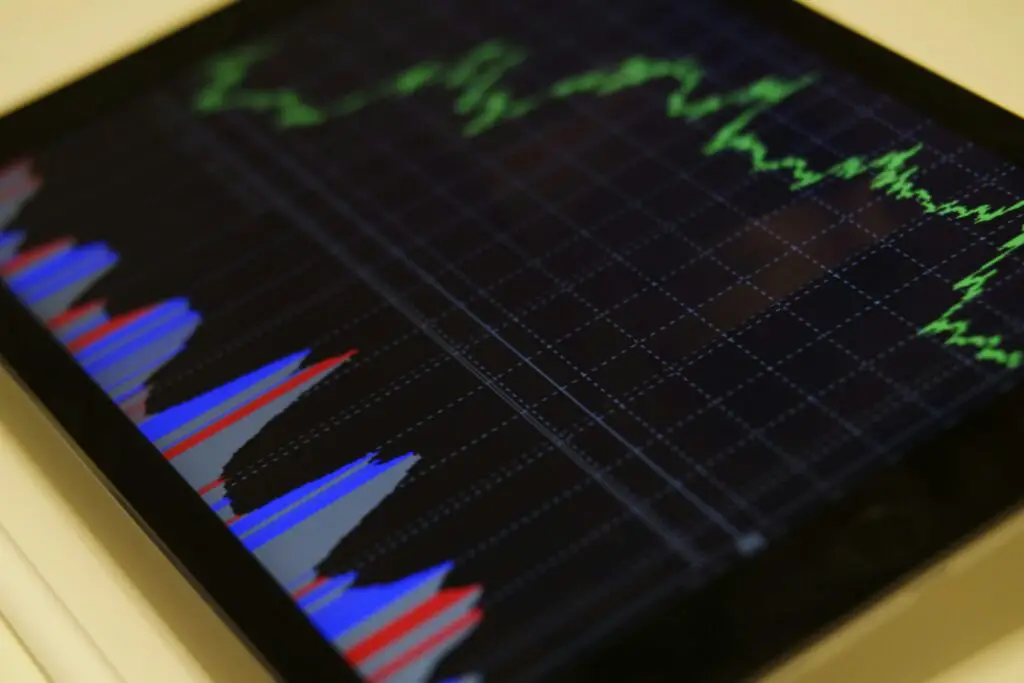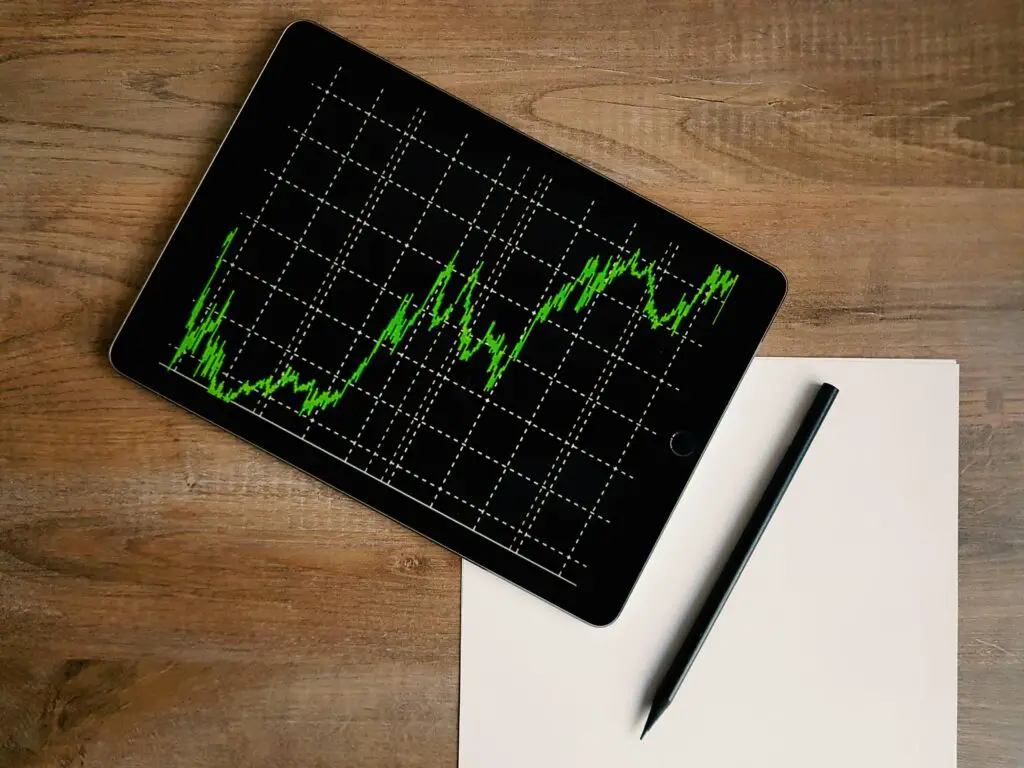Means buying and selling currencies to make money. Traders often use a ” hedging ” method to protect themselves from possible losses because currency values change significantly and are hard to predict. Hedging can be hard to understand, but anyone who trades in forex needs to know its basics. What is hedging? Why is it important? How can you use it in your forex trading strategy? This article will explain all of that in clear and straightforward language.

How do you hedge?
Hedging is a way to control risk by reducing the chance of losing money. It is like getting insurance for your trades, like buying automobile coverage to protect yourself from mishaps. Hedging keeps your forex deals safe from wrong market movements.
You hedge when you make a trade or trades to lower the chance of losing money on another deal. Say you have a position in one. You can open another position that will increase in value if the first one goes down. This will reduce the amount of money you could lose.
Why is it essential to hedge?
The foreign exchange market is volatile, so the prices of currencies can change quickly and without warning. If you are ready, these moves can prevent you from losing money. Hedging can help you:
Cut Down on Losses: If you have a hedge, you can reduce how much money you lose if the market goes with your first trade.
Protect Your Gains: If you are already making money from trades, hedging can protect those gains from sudden changes in the market.
Lessen Stress: Knowing you have a hedge in place can lessen the stress and worry that comes with trading, which can help you make better choices.
Simple Techniques for Hedging
Simple Hedge: Opening a position in the opposite direction of your first trade is a great way to hedge. For example, you can start a short position (sell) in the same currency pair if you are long (buy) or short (sell) in that pair.
When you use currency associations, you can see that some currencies move in groups, and others move in opposite ways. However, they often move in the same way. You can hedge better if you trade pairs that are known to be related.
Options: If you buy or sell a currency at a specific price, forex options give you the right but not the duty to do so. You can protect yourself from lousy market moves and benefit from good ones by getting options.

With a forward contract, you agree to buy or sell currency at a specific price today but on a different date. This can protect you from changes in the value of the cash in the future.
How to Put a Hedging Plan Into Action
Figure out your exposure: Determine which investments in your portfolio are risky. To do this, look at the currency pairs you’ve traded and find market moves that could go against you.
Pick the Right Hedging Tool: Determine which hedging method is best for you based on your willingness to take risks. For example, a simple hedge might be best if you want a simple process. Options or forward contracts work better if you have more experience.
Figure out the Hedge Amount: Choose how much of your stock you want to protect. Some traders like to hedge their whole stock, while others only hedge a part to make money if something goes right.
Watch and make changes: Hedging is not a plan you can leave alone. As the market changes, you need to monitor investments and change your hedges. This could mean eliminating unnecessary hedges or adding new ones as new risks arise.
Real Life Example
Let’s look at a real-life case to show how hedging works in forex trading.
As a forex investor, you have a long position in EUR/USD. This means you have bought euros and sold dollars. You think the euro will get more robust against the dollar, but you know there is a chance it will break down instead.

You could short EUR/USD, which means you would sell euros and buy dollars to protect your investment. If the euro does fall, the gain on your short position would make up for the loss on your long position. If, on the other hand, the euro gets more robust, the loss in your short position would cut into your profit in the extended position, but your total losses would be kept to a low.
You could also use options as a hedge instead. It is possible to buy a put option on EUR/USD. This option lets you sell euros at a specific price. If the euro falls, the value of the put option will go up, making up for the loss on your long position.
What are the pros and cons of hedging?
Hedging has pros and cons, just like any other trading technique.
Pros:
Risk Cutting: The main benefit of hedging is that it lowers the chance of losing money.
Protecting your profits: Hedging can help you keep the money you make on trades by protecting you from lousy market moves.
Social Comfort: Knowing you have a hedge in place can make investing less stressful and help you make better decisions.
Not so good:
Cost: Hedging can be expensive. Fees are often linked to options and forward contracts, and buying the opposite way may cost more.
Complexity: To use a hedging plan efficiently, you need to know about the market and different financial tools, which can be challenging for new investors.
Potential for Less Profit: Hedging saves against losses but limits how much money can be made. If the market changes in your favor, the losses on the hedge will cancel out the gains from your primary stake.
When to Hedge

Hedging is not necessary for all forex deals. It is essential to know when to hedge. In the following situations, hedging might be a good idea:
Periods of High Volatility: When the economy is unclear or there are significant political events, the currency markets can be very volatile. By hedging, you can protect your investments from sudden price changes.
Prominent Positions: You are more likely to lose money if you have prominent positions that make up a big part of your business. You can protect your capital by hedging these investments.
When you hold on to a position for a long time, you are more likely to be affected by changes in interest rates, new economic data, and international events. Hedging is a way to protect yourself against these risks over time.
Currency Exposure: If a particular currency plays a significant role in your trading strategy or business, a portfolio, and hedging can help you balance the risks and lower your risk of losing money when that currency decreases in value.
In conclusion
When you trade fore, hedging is a critical way to control risk and keep your capital safe. Still, the pros usually outweigh the cons, especially when the market is very volatile or when managing significant or long-term positions.
You can lower your risk and get more stable results in the forex market if you know the basics of hedging, figure out how vulnerable you are, and pick the right tools. Hedging can give you peace of mind and help protect your capital against the risks of the forex market, no matter how much experience you have as a trader.
Remember that hedging can help you avoid losses, but it can also stop you from making money. Finding a mix between your need to be safe and your desire to make money is essential. Keep an eye on your margins at all times, and be ready to change your plan if the market changes. When you trade, forex balancing can be a valuable tool if you plan and use it correctly.

